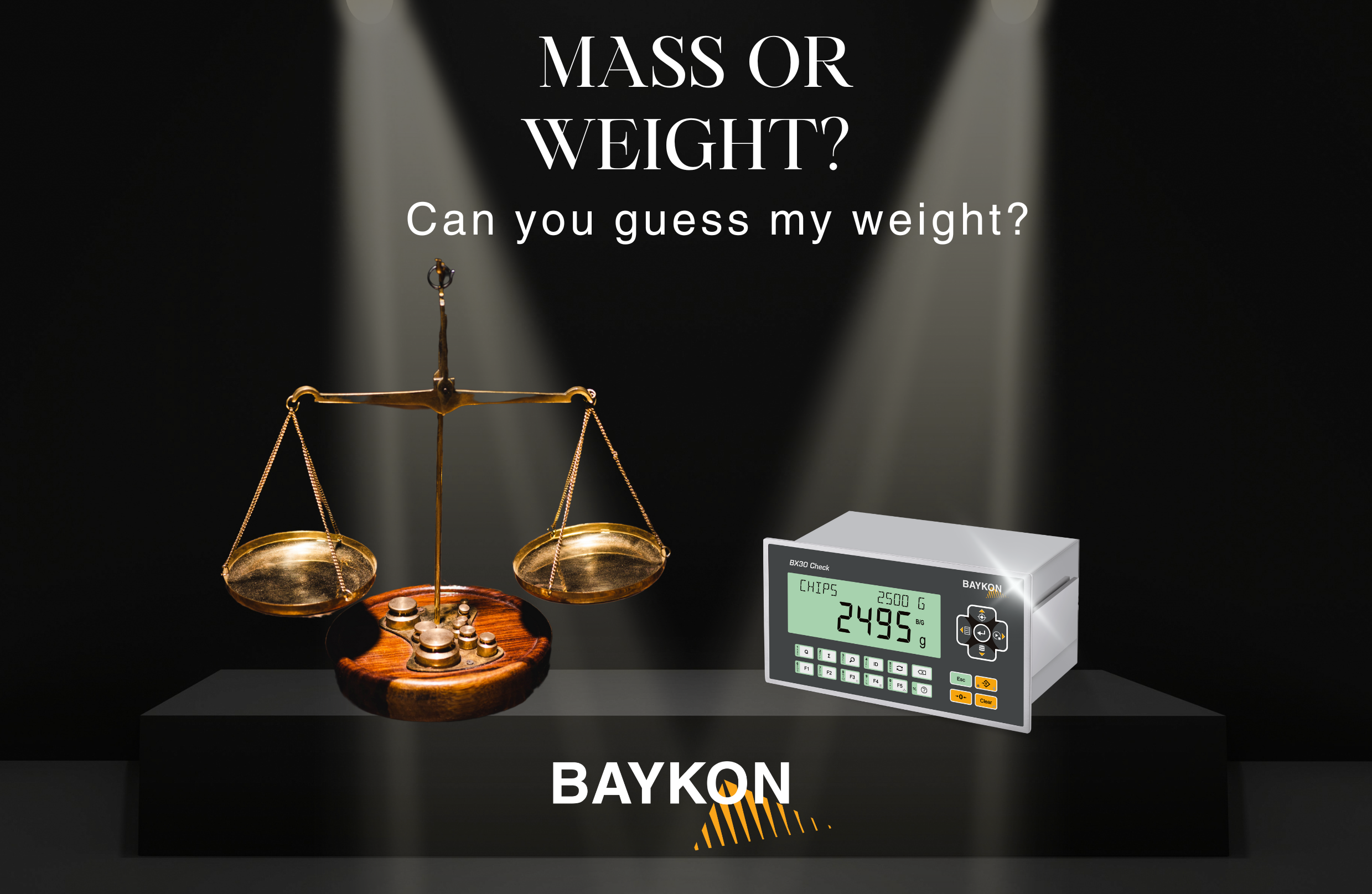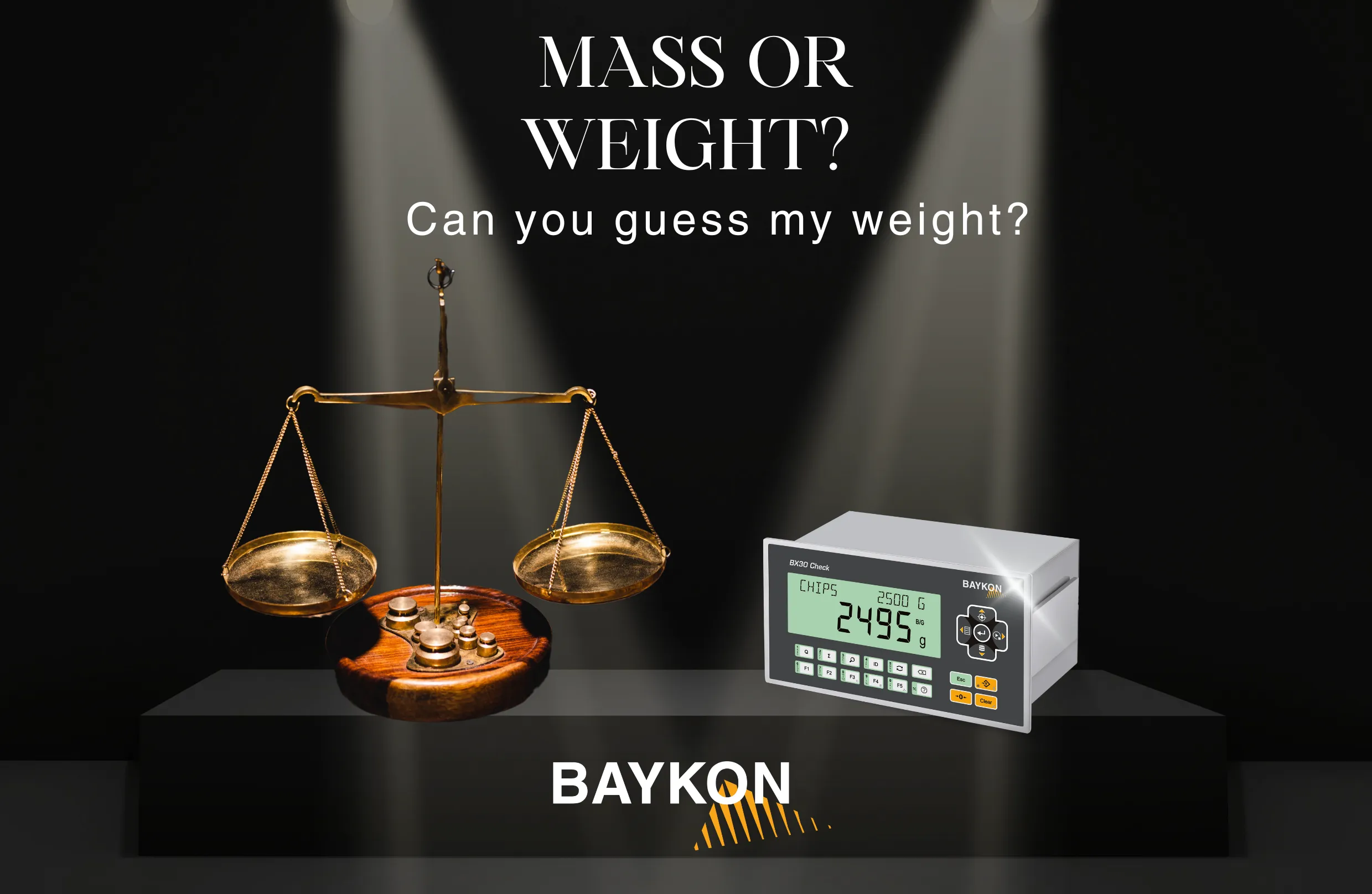
Can you guess my weight?
In daily life, the terms "mass" and "weight" are often used interchangeably, but they actually represent two distinct concepts, especially in the world of measurement. So, when people talk about "how much they weigh," are they really measuring their weight?
One of the best ways to explain this difference is with an example: a person who weighs 70 kg on a correctly calibrated scale on Earth would weigh about 11.7 kg on the Moon using the same scale. However, the one thing that remains constant in both environments is the person’s mass, which remains 70 kg in both cases.
To put it simply:
· Mass is the constant amount of matter an object possesses.
· Weight, on the other hand, is the force that results from the gravitational pull acting on that mass.
So, while our mass stays the same no matter where we are, our weight changes depending on the gravitational force of the environment.
But what exactly do weighing scales measure?
The first scales, dating back to 5000 BC, were used for commercial purposes after humans transitioned to settled life. In mechanical scales, measurements were made using known masses (etalon), which led people to believe they were measuring weight. However, by comparing the weight of a product to the etalon, they were actually measuring mass.
This system allowed for the concept that 1 kg of wheat was considered 1 kg everywhere on Earth. However, if mechanical scales were measuring weight directly, they would have been inaccurate in different locations due to varying gravity, causing significant issues in trade.
The scientific distinction between mass and weight became clear with Newton's laws of gravity. It was understood that mechanical scales measured mass, not weight. As a result, today mass is defined as a precise unit of measurement, standardized internationally.
Modern electronic scales are also calibrated with etalon masses to measure mass. The load cells inside detect the gravitational force exerted on the object placed on the scale, and the electronic circuit converts this force into a mass value. Technically, the scales work by measuring the gravitational force on mass and then displaying it as a mass value.
As a result, if you were to use a scale calibrated with etalons on the Moon, the same person would still weigh 70 kg. However, since the Moon’s gravity is much weaker than Earth’s, they would appear much lighter on a scale there.
In conclusion, the difference between mass and weight is an important concept not only for scientists but also in our everyday lives. While we commonly refer to "weight," what we’re actually measuring is mass, and we deal with mass values in everything from shopping to personal weighing.
Though it might sound a bit unusual, when you step onto a scale, asking "What is my mass today?" instead of "How much do I weigh?" would be the more accurate question. However, asking this way to others may cause confusion. So, it's better to stick with asking, "Can you guess my weight?" to keep things clear.
Articles les plus populaires
S'abonner à la lettre d'information
Restez informé de nos innovations grâce au bulletin d'information




